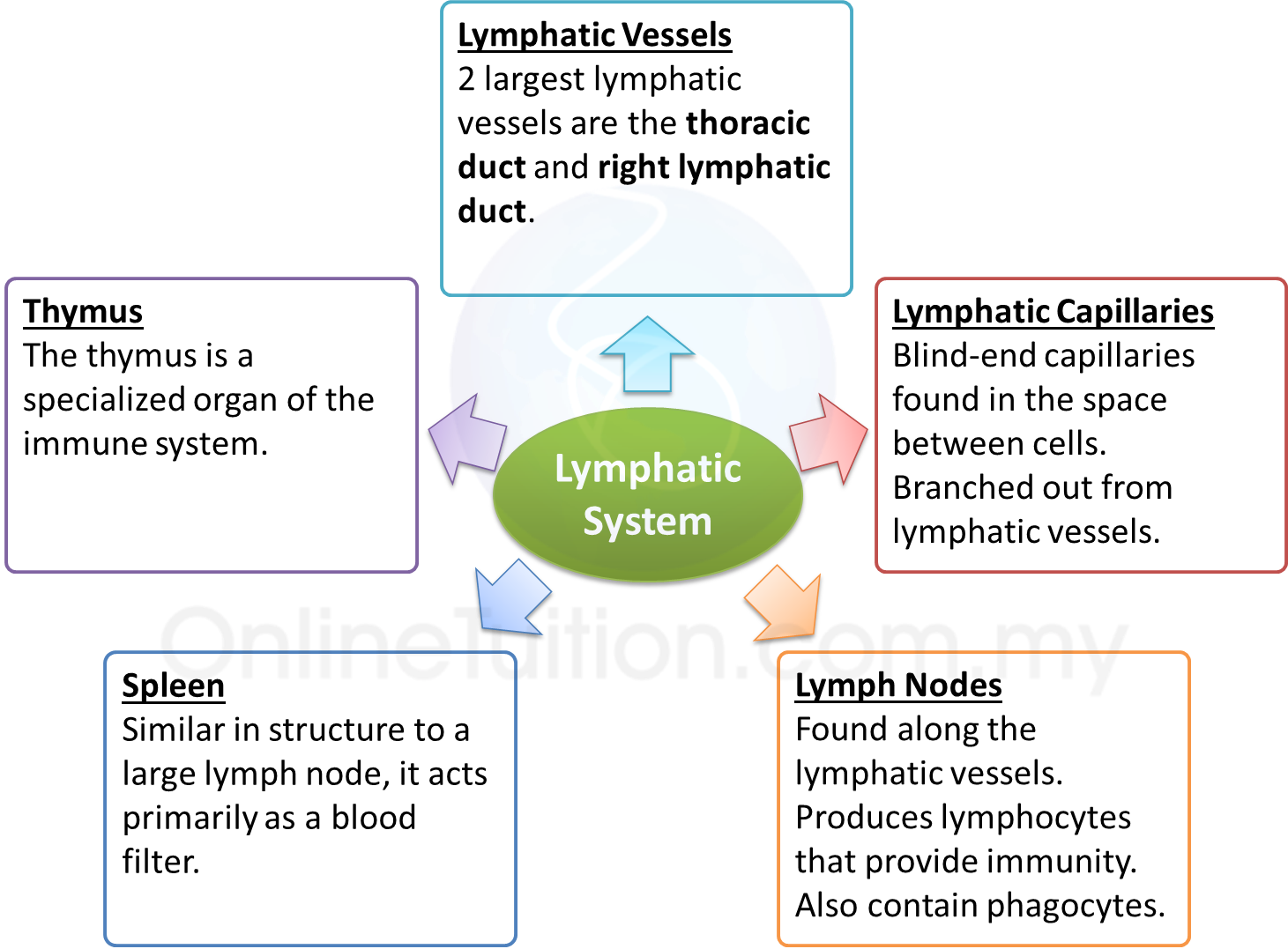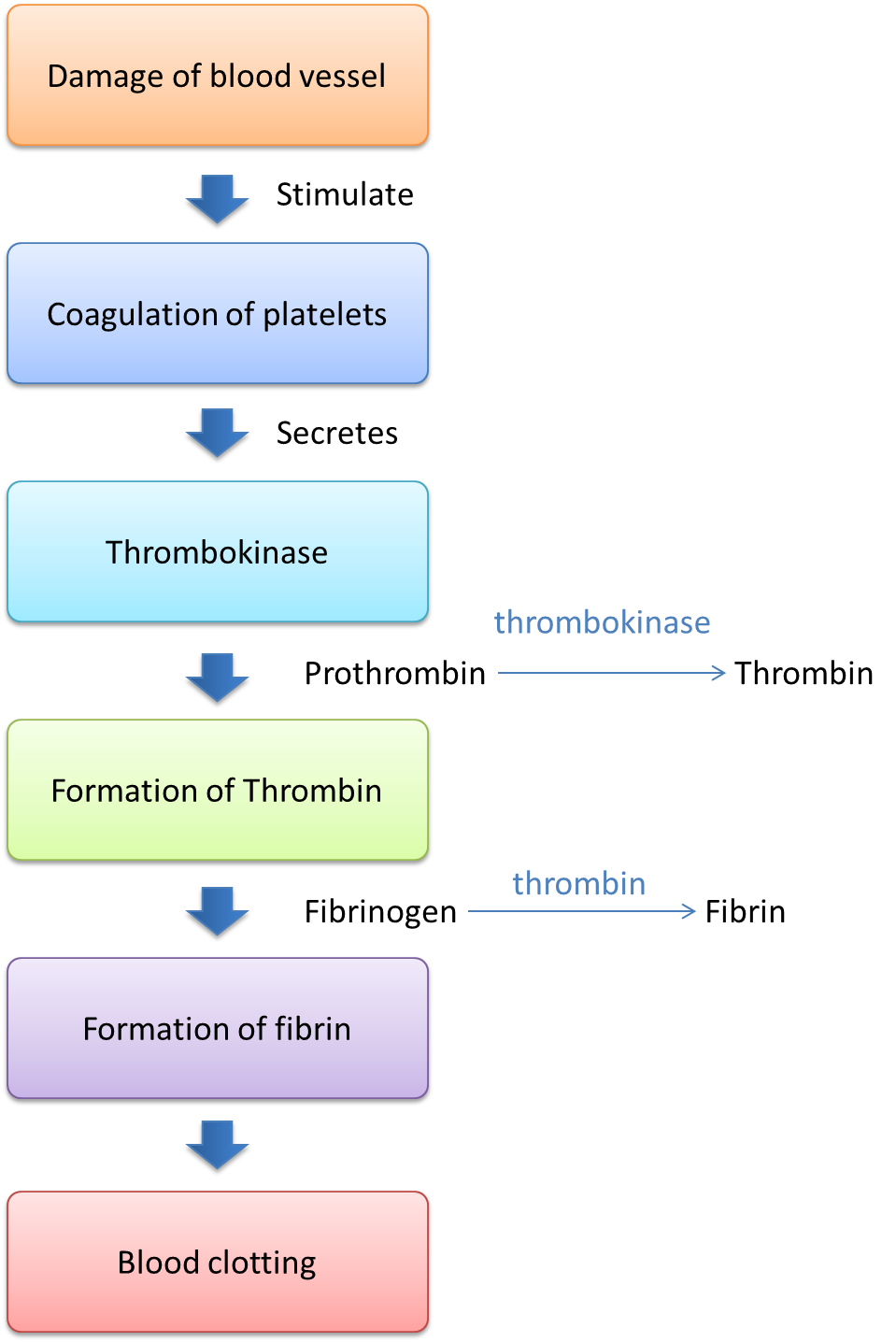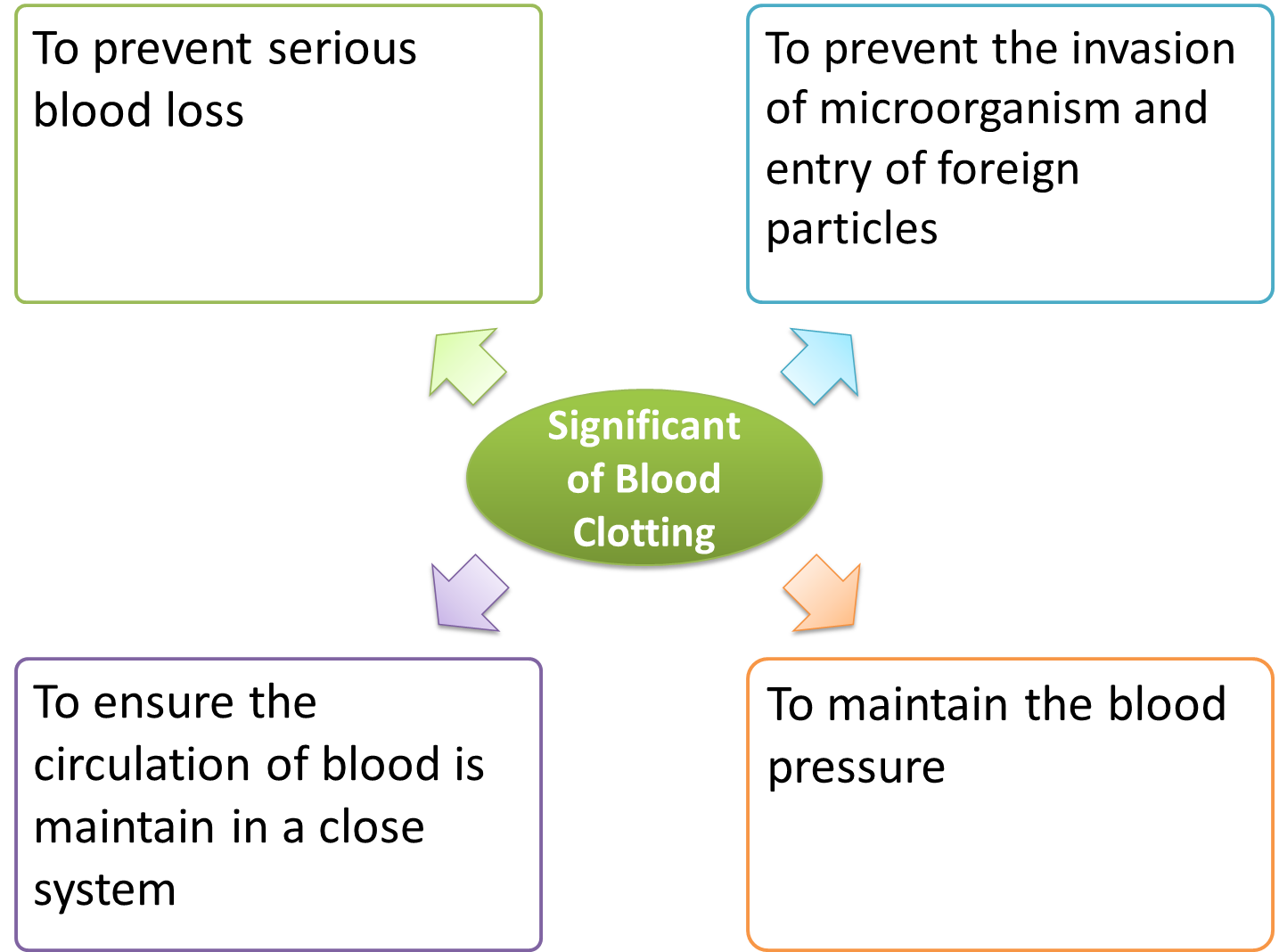The Formation of the Interstitial Fluid and Lymph
1. The blood from the arteries flows at a high pressure into the blood capillaries.
2. The high hydrostatic pressure in the capillaries forces the blood plasma to
leak out through the capillary walls into the space between the body cells.
3. The fluids that fill up the spaces between the cells is called tissue fluid or
interstitial fluid.
4. The interstitial fluid is made up of water, digested food, gases, hormones,
waste products, and small proteins from the blood.
5. The larger molecules like erythrocytes, platelets and plasma proteins
cannot pass through the capillary walls. Leucocytescan squeeze into the fine
pores between the capillary walls and pass through it.
6. The exchange of substances between the blood capillaries and the body cells
occurs in the interstitial fluid.
(a) Nutrients and oxygen diffuse from the blood through the interstitial fluid
into the body cells.
(b) Carbon dioxide and other waste products diffuse from the body cells
through the interstitial fluid into the blood.
7. There are two ways the interstitial fluid is returned to the circulatory system:
(a) About 90% of the interstitial fluid diffuses back into the blood
capillaries because the pressure in the capillary end of the venule is
lower than the arteriole end.
(b) The remaining 10%of the fluid diffuses into the lymph capillaries of the
lymphatic system. The fluid in the lymphatic vessels is known is
lymph. Eventually, the lymph will return to the circulatory system when
it flows into the subclavian veins in the shoulder.


